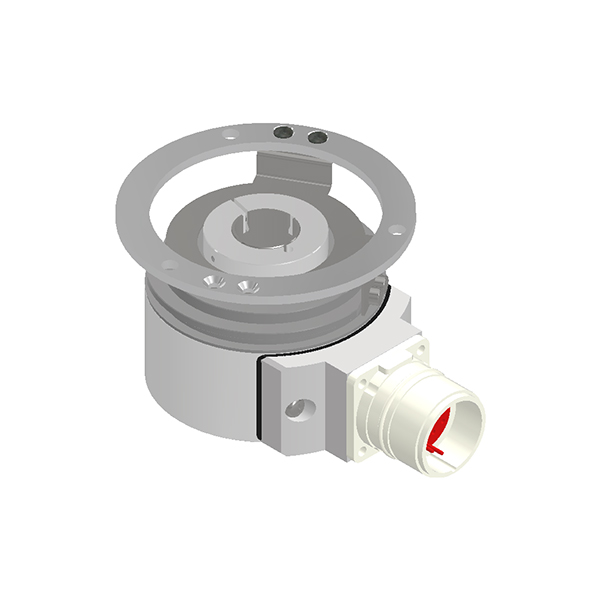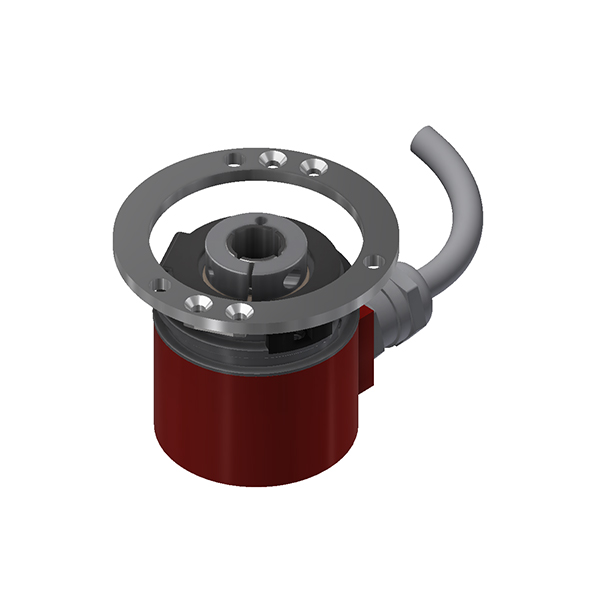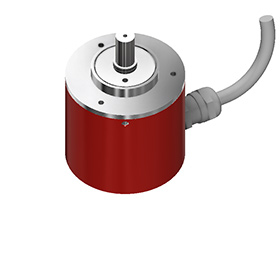1. Optical encoder -It is a product with the highest precision and high price. The disadvantage is that dust and vibration are relatively weak, and higher methods are needed to prevent pollution.
2. Magnetic encoder -By utilizing the constant mode of magnets, low-priced products can be made that are resistant to dust, steam, and vibration. Compared with optical methods, the resolution and accuracy are relatively weak
3. Incremental encoder -Rugged as a magnetic encoder, resistant to dust and vacuum. But the resolution is not high.
Definition of Encoder
Classified by working principle
Typically, encoders are devices that convert physical changes in mechanical actions (distance or rotation) into analog and digital signals. Specifically, while accurately measuring position, velocity, acceleration, and direction can originate from linear or rotational motion positions.
1. Linear Encoder
-Mainly used for measuring linear displacement,
where each distance pulse is displayed in PPi
2. Rotary Encoder
-Collect displacement information of the rotating disc and
convert it into digital signal output. The resolution at this
point is represented by ppr.




